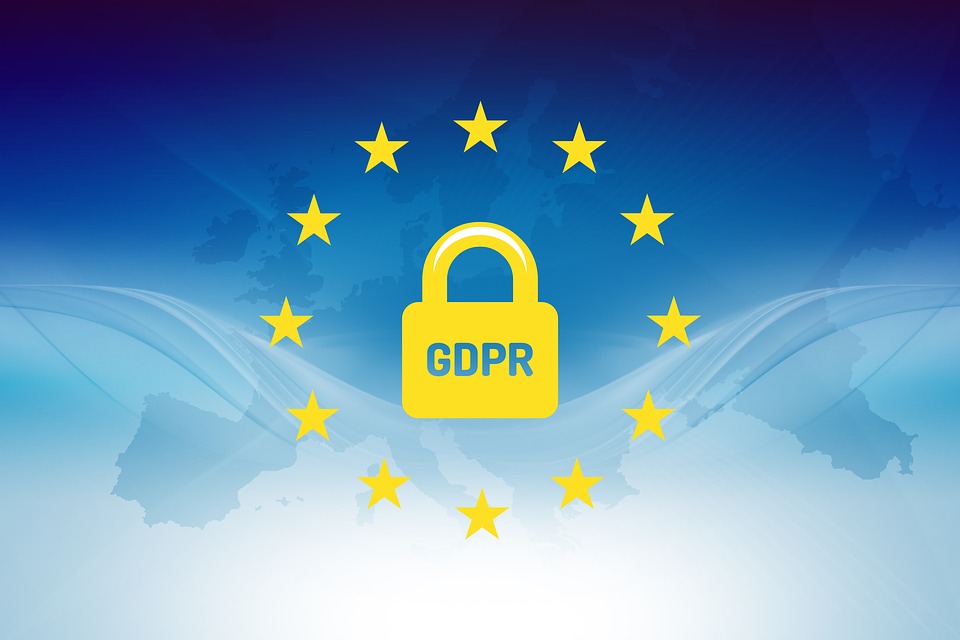Category: Social media and data privacy

8 Free Google Extensions for Time-Poor Designers
admin 0 Comments Social media and data privacy
To comprehend the benefit for time-saving website development tools, you only need to think about the to-do set of an UX designer.
Customer experience designers pull a host of visual elements together into a perfect blend of simplicity and functionality. Using colour, typography and other visual elements, they communicate brand mother nature and guide visitors by using a website.
Taking care of this delicate balance can take care. Matching a particular color or identifying the perfect font can be the small challenge that destroys your flow and triggers projects to blow away.
But don’t worry, designers. We have great news!
There are some fantastic web design tools available in the Chrome Web Store to help busy designers to find inspiration, analyse other designs and collaborate with their team. Even better, many of them are free! These extensions help you save time and improve efficiency, and are worth their weight in gold to a busy designer.
Whether you need inspiration to choose the right colour palette or to identify a specific font quickly, there are free web design tools available to help creativity flow and make your work day a breeze.
We asked one of our experienced UX designers to show us some of his favourite free Google extensions. Of course, in true designer style, he’s prepared the list in the form of a colourful infographic.
Take a look at our 8 favourite Google extensions to help you improve your workflow.
Add the extensions to Chrome through these links to the Chrome Web Store:
- Font Face Ninja
- Nimbus Screenshot & Screen Video Recorder
- Page Ruler
- ColorZilla
- Window Resizer
- Muzli
- Lorem Ipsum Generator
- Image Downloader

GDPR- WHAT ARE THE DO’S AND DON’TS IN SENDING MARKETING E-MAILS?
admin 0 Comments Social media and data privacy
The General Data Protection Regulation (GDPR) (GDPR) has become effective in the countries under Euro Union from May twenty fifth, 2018 onwards. It has put an end to the days of mass marketing e-mails in which the consumers once used to obtain e-mails from unknown senders. Only as the old stating experience it, “it’s better to be safe than sorry”, we need to keep in mind the do’s and don’ts under GDPR.
You can will no longer hide away from the fact of having consents from the targeted customers before sending away e-mail/e-mails. The new GDPR is not going to simply let you add new addresses to your email lists or send non-targeted communications to everyone in your information.
So, before attempting the next shots of emails, it’s a good plan to really know what will and what will not be allowed under the new legislation. If you are in charge of your company’s marketing and sales communications or are tasked with sending away company’s monthly e-mails, then, this guide is for you.
This guide addresses the key areas of Info Regulation and the do’s and don’ts in email marketing. These rules also help you in guaranteeing your entire processes are GDPR compliant.
The Do’s of GDPR for E-mail Marketing
- DO seek consents from the recipients and get affirmative permission to contact them via email. It is the most secure process under GDPR and E-Privacy legislation.
- Do segment your mailing list by understanding the difference between B2B and B2C communications. B2B emails should be targeted at a person’s role within a business. B2C communications, on the other hand, are directed at the persons themselves. They must have provided explicit consent prior to you contacting them.
- Do ask them if they are happy to be added to a particular mailing list, in order to be contacted either with information relevant to their industry/role or with news/updates on the services/products you have previously discussed.
- DO follow B2C rules when dealing with small partnerships, sole traders or one-person operations. An explicit opt-in consent must be given before you can email them.
- DO inform your customers if you’re monitoring the e-mail open rates and changing the content sent to them based on what they do/don’t read-which means you monitor their behaviour. Always give them the option to opt-out/unsubscribe.
The Don’ts of GDPR for E-mail Marketing
- DON’T email anyone who has asked not to be contacted, unsubscribed from a list, or opted-out in any other way.
- DON’T add someone whom you have collected a business card to every mailing list your company uses. Instead, write them an email in the usual manner, explaining that you thought they might be interested in finding out more about the services/products your business offers.
- DON’T add anyone into the mailing list unless they explicitly say that they would like to be included.
- DON’T send e-mails to people assuming that they will be interested in your service. It is fine to send e-mails to customers or clients who may have purchased from you or have enquired about your products or service in the past. But, it is essential that all your future e-mails should be relevant to what they have expressed interest in.
- DON’T be too rigid with your communication when it comes to marketing your services/products to new contacts. Instead, provide multiple types of content including news and events, general updates, white papers and in various other formats too. This will not only leave you with the choice to deliver great content your customers are interested but also increase the likelihood of interaction.
Give your customers the choice to opt-in via their preferred medium whether it’s email, newsletter, phone call, or text. It will aid you in your flexibility, freedom and compliance in driving engagement with your customers. You can also update your Privacy Policy specifying all these and give them the option to opt-out or opt-in if they wanted to receive your marketing communications.
Read More
HOW CAN YOU SECURE YOUR PERSONAL DATA ON SOCIAL MEDIA?
admin 0 Comments Social media and data privacy
With all the uproar over Facebook Incorporation. for mishandling user data when Cambridge Analytica, an information firm with connections to US president Jesse Trump’s 2016 presidential selection campaign and improperly being able to access data of tens of millions of Facebook users raise doubts and controversy over how well the world’s most significant social support systems protect its trove of customer data.
You may think you’re being careful with your web data. You may feel hopeful for taking all the advised precautions by carefully setting up your privacy settings on Facebook, go by a pseudonym on Twitter, and only hook up with people you’ve actually met in person on LinkedIn. On the other hand are you sure that your computer data are safe from stalkers, hackers and identity robbers?
You understand, even an each day Internet user armed with some basic Google search skills can piece in concert information about who you are. Here are a few questions to examine your web security.
- Have you ever used the same username or pseudonym at more than one website?
- How many online accounts and profiles have you abandoned are still online, giving out information about you?
- Did you ever delete that old MySpace profile?
- Do you have any email accounts that are not in use?
Using only a few basic online search techniques, any interested party can put together a lot of revealing information about you and the details of your life.
What are the several methods a hacker can utilise your data?
- It can be used to file false worker’s compensation claims
- Steal your Social Security benefits
- Get fake passports
- Put their medical bills in your name
- Give your information for their speeding, tickets or crimes
- Steal money from your bank accounts.
- Get the details of your shopping accounts or even have banking information
- Gain access to the corporate networks if your social media is linked to your work email
- It can be used to register on another site
- Sometimes to harass you
These types of thefts can be much harder to spot than you’d imagine.
How can you protect yourself while still taking good thing about the great things about social media and modern technology?
The several social mass media platforms have security features that you should take advantage of.
Here are some tips for keeping your accounts secure:
- Close the social media accounts that you no longer use. Hackers can leverage these and access other accounts linked to it, like your email.
- Check what apps are connected to your social media. Do you use Facebook or Google to sign in for any other applications? Assess if this type of access is necessary.
- Practice good password habits. Use different passwords for your social media accounts, and also make sure each password is complex and unusual.
- Enabling 2FA or “Two Factor Authentication” for all your accounts can prevent unauthorised parties from accessing your accounts.
- Keep your mobile apps updated. Make sure you have the latest version of the platform you’re using to protect you from the newest security threats.
- Use a unique email only for your social media accounts if possible so that hackers won’t have access to any of your valuable information.
- Make sure you know the people you add to social media.
- You should never, ever post details like your Social Security and driver’s license numbers and your specific location.
- Make it a practice to log out if you’re using a public computer, but log out of private devices from time to time as well.
- When selecting passwords use a combination of words, numbers, upper- and lowercase letters, and special characters that are easy for you to remember, but tough for other people to guess.
- Skip common password elements like birthdates, anniversaries, and the names of your children or pets.
- Keep passwords private by memorising them and never write them on the device itself.
- Try to understand and become a master of all your social media accounts privacy settings.
- Always enable the passcode lock on your phone, and set it to time out at no more than a few minutes if your phone accidentally ends up in the hands of a stranger, giving access to your social accounts and more.
Hope these tips help you to not to compromise with a hacker in any way. If you can follow these tips and more effective security solutions, then it can help you enjoy your digital life safely.
securely.
Read More